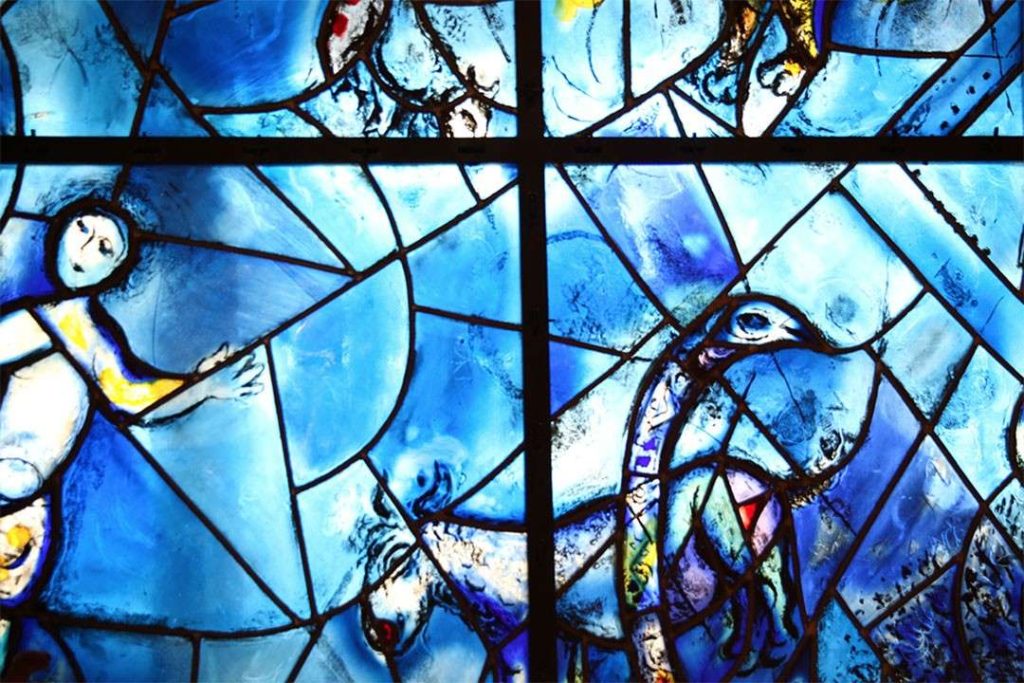This year marks the 25th anniversary of the United Nations General Assembly’s adoption of the Declaration and Programme of Action on a Culture of Peace.
In this landmark declaration, the UN’s most representative body affirmed that peace is “not merely the absence of conflict, but requires a positive, dynamic, and participatory process, where dialogue is encouraged and conflicts are resolved in a spirit of mutual understanding and cooperation.”
Amid rising geopolitical tensions and prolonged conflicts around the world, there is no better moment to reflect on the values the General Assembly set forth in 1999 to promote a culture of peace. These values include respect for life, human rights, and fundamental freedoms; the promotion of non-violence through education, dialogue, and cooperation; a commitment to peaceful conflict resolution; and the upholding of freedom, justice, democracy, tolerance, solidarity, cooperation, pluralism, cultural diversity, dialogue, and understanding within societies and between nations.

In subsequent resolutions, the General Assembly has further emphasized the importance of choosing negotiation over confrontation, and the necessity of working together rather than against one another.
UNESCO’s Constitution begins with the profound insight that “since wars begin in the minds of men, it is in the minds of men that the defenses of peace must be constructed.” This principle inspired the theme and logo for this year’s International Day of Peace. The culture of peace must be nurtured in the minds of children and communities, through formal and informal education, across generations and borders.
The International Day of Peace has traditionally been a time to lay down arms and observe ceasefires. But today, it must also serve as a reminder to recognize each other’s humanity. Our survival as a global community depends on it.


